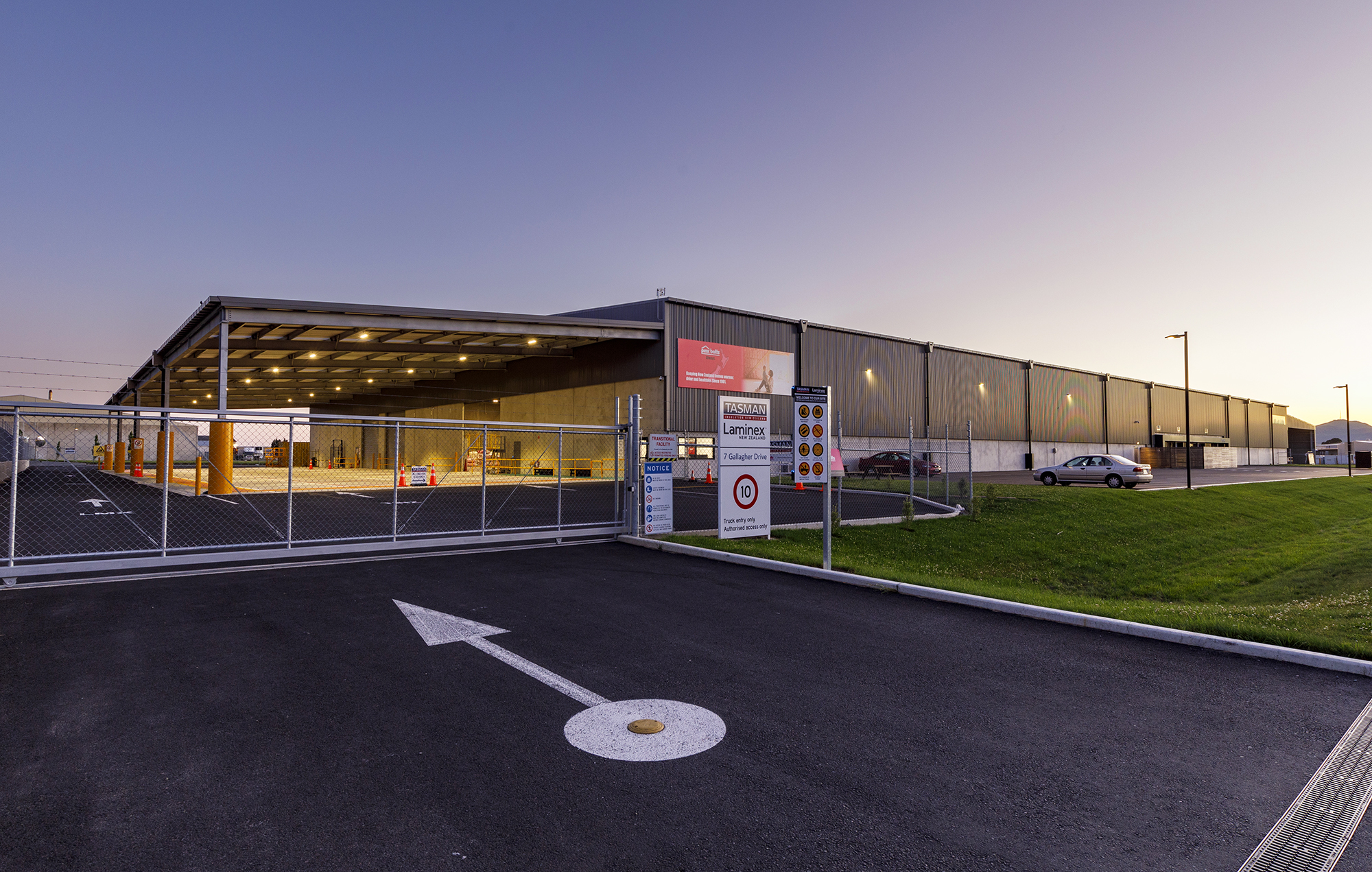Published September 2023
Scarcity of Supply

Scarcity of Supply
Recent reports published by Bayley’s confirm that Auckland is facing a severe shortage of industrial space. [1] The vacancy rate has reached an all-time low, with industrial property less than 1.0% vacancy across the region.[2] The existing scarcity of industrial property, combined with the growing demand from businesses creates a favourable tailwind for industrial property owners.
The limited supply of industrial property tends to drive up rents over time and by investing in the sector, investors have can benefit from this growth. Leading industrial landlord FortHill Property remains well positioned in the sector, with a portfolio of property in Auckland and Christchurch.
Historic low vacancies, combined with a strong demand from occupiers, has seen spaces being leased well in advance of lease expiry dates or physical vacancies.[3]GM of FortHill, Nick Maier, noted “we continue to see double-digit annual rental growth across premium warehouses such as FortHill’s and ongoing demand for space.” Over the past three years, the rental landscape in New Zealand has witnessed significant changes. In Auckland, the cost of rent per square meter has surged from $125 to a range of $205-$235. Similarly, Christchurch has experienced a rise in rents from $105 per square meter to $140-$155.
The shortage of industrial properties is being felt across the entire country, posing challenges for businesses in finding suitable spaces for their operations. Bayley’s highlights that the scarcity is particularly acute in South Auckland, where industrial vacancy rates drop as low as 0.5%. [4] In response to the shortage, there has been an increase in construction of new industrial buildings. However, these efforts have not kept pace with demand, leaving businesses still struggling to secure locations with modern warehouses and good access to transport links and workforce.
The demand for industrially zoned property has been ongoing for over five years due to macro changes in online shopping and supply chain changes. A limited availability of industrially zoned land is aggravated by infrastructure limitations and a most developers now prefer not to sell land or only offer land and build packages. Escalating construction costs and disruptions in the supply chain added an extra layer of complexity over the past three years, leading to the positive environment for investing in industrial property.
FortHill’s strategic locations add value to its portfolio as it attracts businesses that rely on logistics and access to key industrial centres, enhancing the desirability and value of the property to tenants. In addition, FortHill offers diversification benefits to an investment portfolio with industrial property providing a different risk and return profile compared to other asset classes such as residential or other commercial properties.
Visit www.forthill.co.nz to learn more about FortHill Property and your opportunity to invest.
Sources:
[1] Industrial sector thriving despite headwinds, Scott Campbell
[2] Bayleys Industrial Market Update – Auckland Q1 2023
[3] Bayleys Industrial Market Update – Auckland Q1 2023
[4] Bayleys Industrial Market Update – Auckland Q1 2023